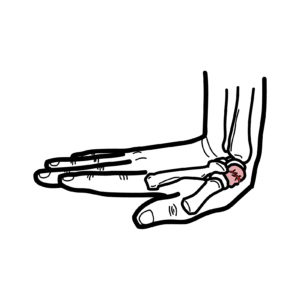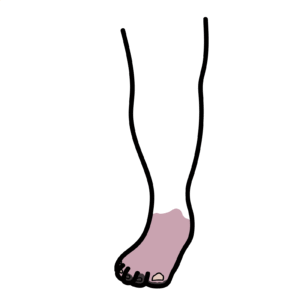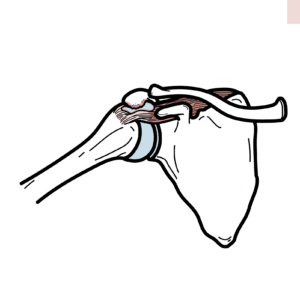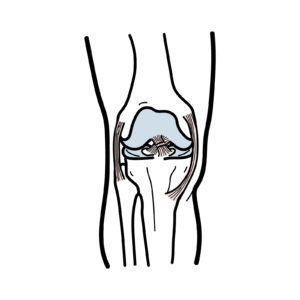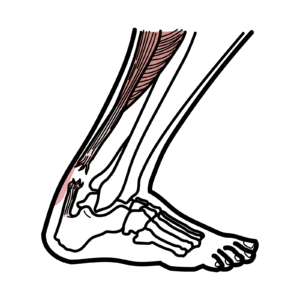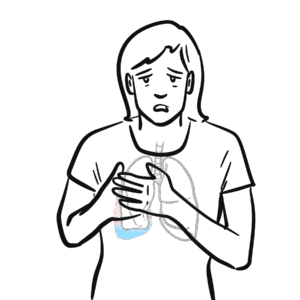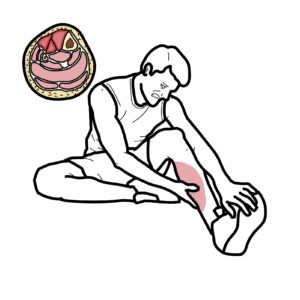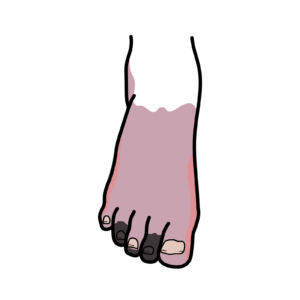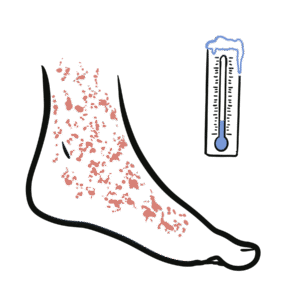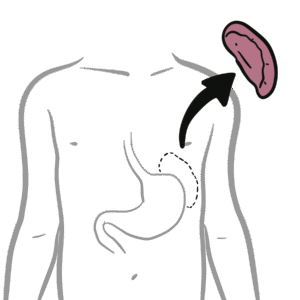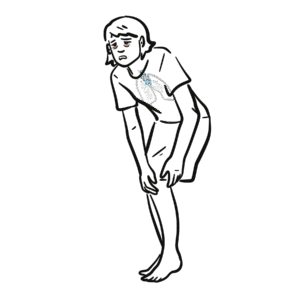Kidney stones – pathophysiology and management
Kidney stones explained: causes, symptoms, diagnosis, and practical treatments to relieve pain and prevent recurrence. This video covers kidney stones (nephrolithiasis/urolythiasis), why they form, who’s at risk, and the most effective clinical approaches.
You’ll learn clear anatomy of the urinary tract, how nephron function and urine supersaturation lead to crystal and stone formation, and the five major stone types (calcium oxalate, calcium phosphate, struvite, uric acid, cystine). The video breaks down common risk factors—dehydration, high-protein/high-salt diets, obesity, medications, family history—and explains how changes in urinary volume, pH, and inhibitors like citrate and magnesium drive stone development. Key symptoms and presentations are described, including severe flank pain radiating to the groin, hematuria, nausea, fever, and urinary urgency.
Practical diagnostic tools are reviewed: urinalysis, blood tests, 24-hour urine studies, x-ray, ultrasound (acoustic shadowing/hydronephrosis), and CT imaging. The video then lays out management strategies from acute care—analgesia, antiemetics, careful IV fluids—to definitive interventions: expectant management for small stones, ureteric stenting, percutaneous nephrostomy, percutaneous nephrolithotomy for large renal stones, endoscopic stone fragmentation, extracorporeal shockwave lithotripsy, and when open surgery may be needed. Benefit-focused guidance highlights faster symptom relief, obstruction control, and tailored prevention to reduce recurrence.
Watch to understand how to recognize kidney stones early, choose appropriate diagnostics and treatments, and apply prevention strategies for long-term kidney health. Subscribe for more clinical breakdowns and practical urology tips.




